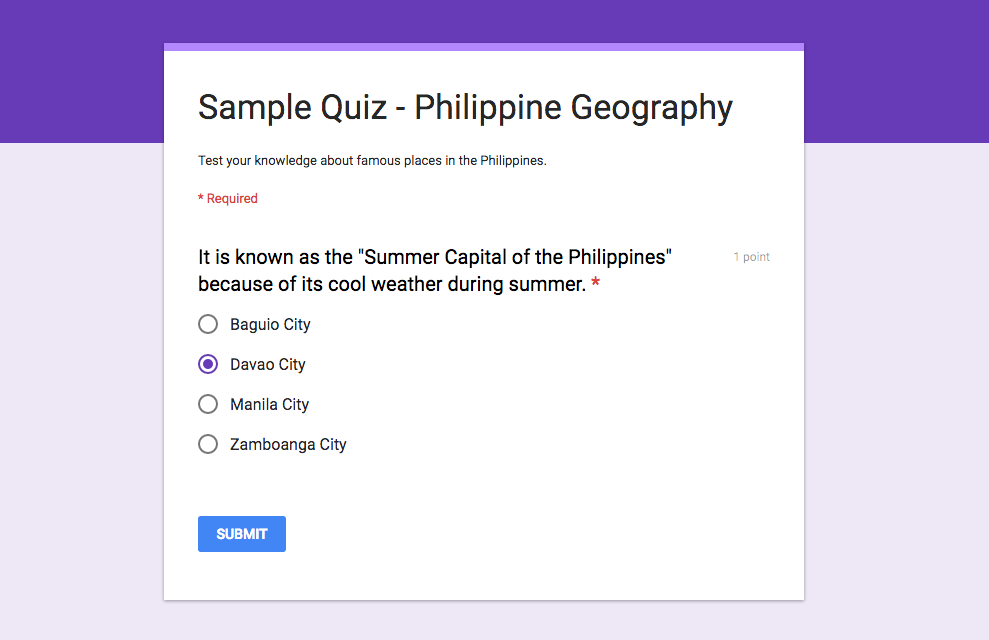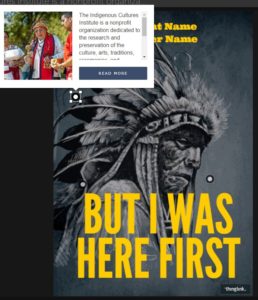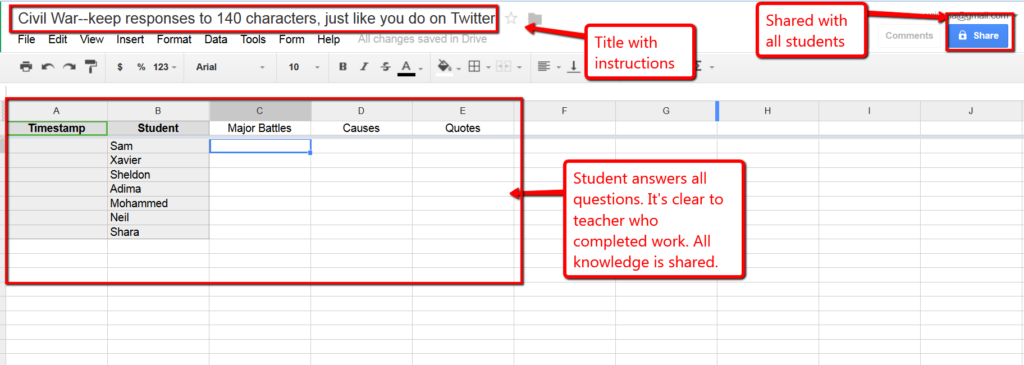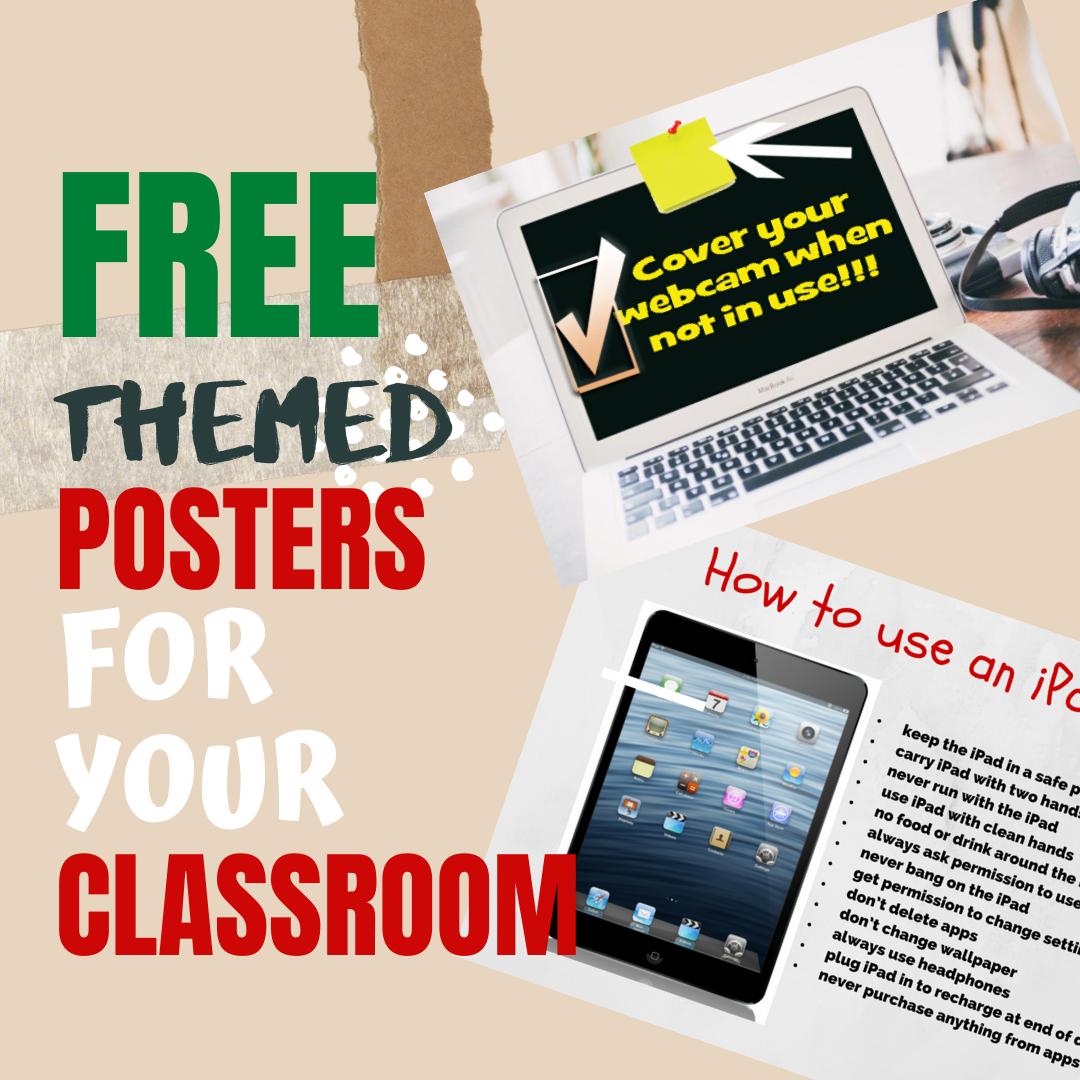 Assessing student learning used to be as simple as giving a test that consisted of multiple choice, True/False, short answer, and/or essay. How many answers students got right told the teacher how much they knew. No need to look further. Simply grade, record, and move on to the next chapter.
Assessing student learning used to be as simple as giving a test that consisted of multiple choice, True/False, short answer, and/or essay. How many answers students got right told the teacher how much they knew. No need to look further. Simply grade, record, and move on to the next chapter.
Educators have come to realize that there are lots of reasons why a test score doesn’t reflect student knowledge. Maybe the student had a bad day; maybe s/he isn’t good at memorizing (and the test was mostly memorized facts); maybe education researchers are right that doing well on tests isn’t a predictor of student success.
Tossing tests makes a teacher’s job more difficult. I’ll stipulate to that. Habits, templates, and routines are much easier than reinventing the assessment wheel but a tool that results in passionate students committed to lifelong learning gets my attention.
That’s what the next twelve options are: assessment strategies that inspire student interest and allow them to share what they know in ways compatible with their personal communication style. These can be used formatively or summatively and can be created by teachers or students-as-teachers. Decide what works best for your circumstances. The uniting characteristics are that all assess:
- what’s been learned
- what can be transferred to other parts of the student’s life
- the student’s granular understanding of the material
- what the student understands, not what s/he parroted back to the teacher
- knowledge rather than facility presenting it
Thinglink
Thinglink is a free cross-platform digital tool where users turn any image into an interactive graphic by adding “hot spots” that connect to text, images, video, audio, or weblinks. Students select the background image that addresses the topic and then link resources to it that provide information in support of the question asked. The finished Thinglink can be embedded into blogs or websites or shared via a link (some options require Pro membership).
Thinglink is easy to use and an excellent way for differentiated learners to share information in their preferred format.
BrainPop
BrainPop is a vast network of education-oriented videos. Students (primarily elementary age) log into their BrainPop account and access a teacher-assigned video or search for one of their own. Once they finish, teachers can assess learning either formatively or summatively using quizzes, games, and more. With a class account, teachers can track the progress of the class or individual students, make assignments, and more.
With favorite characters like Tim and Moby and collaborations with highly-respected partners like iCivics, students will want to watch and learn from these videos.
Classtools Mapmaker Game
Classtools Mapmaker Game enables teachers and students to create maps that track the plot of a book, record the progress of history, or share a tour of geographic locations. It’s easy enough that students can build their own maps with little adult direction.
Like other Classtools’ education options, this game is intuitive and fun, reminding students that learning is a joyous activity.
Warm-ups or Exit Tickets
Warm-up and exit tickets are quick assessments of student learning designed to either review prior knowledge before starting a unit (as you might for the K on a KWL chart) or summarize what was learned (as you would in the L on the KWL chart). They are short — three to five minutes — and formative in nature, to determine student knowledge and inform the next learning step.
For great Warmups and Exit Tickets options, click the link.
Discussion Boards
Discussion boards are a familiar learning tool in education. Teachers post questions, provide guidelines and expectations, and students respond. Answers are shared with all students and often serve to crowdsource learning as a test review or preparation for a new unit. Because discussion boards are available 24/7, they are well-suited to the needs of all students from shy to gregarious.
Most LMSs (Learning Management Systems) build Discussion Boards into their framework so the learning curve for using these is minimal.
Google Forms
Many consider Google Forms the greatest advancement to teaching since, well, G Suites. Teachers build a form that includes questions as either True/False, short answer, essay, multiple choice, or even media. Students answer them. Their responses are curated narratively or into a spreadsheet and depending on the question, can be automatically graded (such as T&F and multiple choice). A great option is that the form can be set up to provide different questions depending upon student answers.
This is one of my favorite tools!

Self-assessment
A favorite of students in my online classes is to self-assess progress. I provide a spreadsheet; when students complete an assignment, they check it off. I am automatically notified so I can check their portfolio (if necessary). Because students self-assess, they pay closer attention, ask for clarification, and often do more than I’ve asked.
Crowdsourced study guide
Crowdsourced preparation for an upcoming exam is simple when using spreadsheets, a digital tool available in almost every school and familiar to most students. Simply create a new spreadsheet with instructions at the top, add a list students on the left, and then share it out with everyone who is expected to participate. If you use this as an Exit Ticket, display it on the class screen so students can watch it populate and leave when their name appears.
When everyone is done, the class has a thorough study guide (though you may have to add a few notes).
Digital Breakouts
Digital Breakouts are based on the popular Breakout rooms played around the country where critical thinking and problem-solving allow participants to escape a room and unlock prizes before time runs out. When run digitally, participants follow digital clues and solve puzzles in a format somewhat like a scavenger hunt or the old-style webquest. Teachers can create their own or use templates from others (click the heading link for any example).
These are adaptable to any subject, student-centered, and teach students to work under pressure while promoting team-building.
Quizlet Live
This is a collaborative classroom game on the order of Kahoot! Students join with a code, break into teams or work individually, and get started. Not only does it assess knowledge but it encourages soft skills like collaboration and perspective-taking.
This is a great addition to a teacher’s grading options.
Virtual boards
Virtual boards have long been a favorite for collecting topical ideas from students. While Padlet is the first one people think of thanks to its no log-in requirement and ability to be embedded in lots of online locations, webtools like Tozzl and Lino offer slightly different characteristics and are worth checking out. Each board includes a question. Students double-click to post their answer. When done, they can read classmate’s responses, even respond if they’d like.
These are well-suited to quick assessments to gauge knowledge in a fun collaborative way.
Badges
Badges are a great way to authenticate student achievement. They can cover big accomplishments like ‘type 30 wpm’ or small ones like ‘turned in all homework for a month’. The badges can be created from scratch in any graphic program or developed from a template from pre-made badge sites like Class badges, Credly, and Open Badges.
***
This year, assess student learning in ways that excite them. With most of the choices on this list, students won’t even see them as testing. Do you have a favorite non-traditional assessment tool? I’d love to hear about it in the comments.
–published first on TeachHUB
Jacqui Murray has been teaching K-8 technology for 20 years. She is the editor/author of over a hundred tech ed resources including a K-8 technology curriculum, K-8 keyboard curriculum, K-8 Digital Citizenship curriculum. She is an adjunct professor in tech ed, webmaster for four blogs, an Amazon Vine Voice reviewer, CAEP reviewer, CSTA presentation reviewer, freelance journalist on tech ed topics, and a weekly contributor to TeachHUB. You can find her resources at Structured Learning. Read Jacqui’s tech thriller series, Rowe-Delamagente, and her upcoming historic fiction, Born in a Treacherous Time.






































1 thought on “12 Fresh Ways to Assess Student Learning”
Comments are closed.